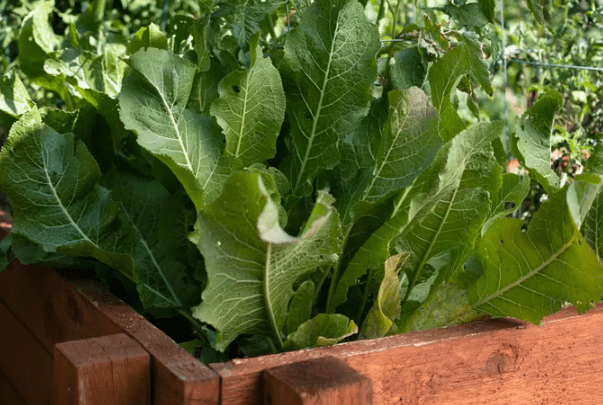
Description
Clumps of perennial horseradish (Armoracia rusticana) are classified as both vegetables and herbs. It is mostly produced for the flavorful, yellow-white roots, which may be added to a variety of cuisines. The plant produces tiny, white, four-petaled blooms on panicles in the summer, and it has long, glossy, serrated leaves that are dark green in color. Typically planted in the spring, horseradish grows swiftly so that by autumn, the roots are ready for harvesting. Keep in mind that horseradish roots can be harmful to humans and animals.
Habitat
It is thought that horseradish originated in western Asia and southeast Europe, where it was farmed in antiquity. It is currently naturally occurring in many temperate locations of the world as a means of escaping agriculture. Its cultivation is primarily significant in North America and Europe.
Uses
They are occasionally utilized as medication. It’s possible that horseradish can reduce bacteria and decrease spasms. Horseradish is used to treat a variety of ailments, including gout, colic, and urinary tract infections (UTIs).

Varieties
There are few types of horseradish. You may find that common horseradish (Armoracia rusticana) is your sole option. Armoracia rusticana ‘Variegata’ is another variety; its leaves are marbled and more attractive. Additionally, “variegata” has a tendency to be more shade-tolerant and less invasive.
Plant Care
- Light
Although they can withstand moderate shade, horseradish plants won’t produce as much. On most days, kids should ideally get at least six hours of direct sunlight.
- Soil
The best roots will come from loose, well-draining soil that is high in organic matter. Horseradish also prefers a pH of neutral to slightly acidic soil.
- Water
Horseradish needs a significant amount of water. Woody roots with minimal flavor can be caused by insufficient water. However, mushy roots with a strong flavor can result from using too much water. It is best to use one to two inches of water per week.
- Temperature and Humidity
Cool weather is ideal for horseradish. It grows best at temperatures between 60 and 65 degrees Fahrenheit, but it can tolerate temperatures as high as 75 degrees. Generally speaking, humidity doesn’t matter as long as the plants’ needs for soil moisture are satisfied and there is adequate airflow around them.
- Fertilizer
Fertilize your horseradish when you first plant it and then about every four weeks after that. Compost, compost tea, or commercial 10-10-10 vegetable fertilizer (as directed by the product label) can all be used.
Table





